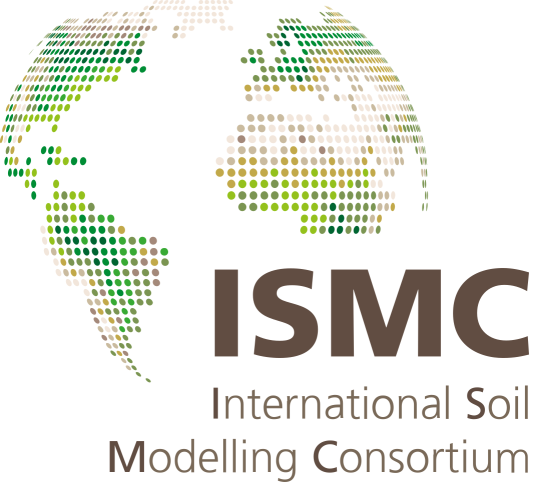A Pore Scale Characterisation of Plant Mucilage - Integrating Imaging, NMR, and Polymer Modelling
- Faculty of Engineering and Physical Sciences, University of Southampton, Southampton, United Kingdom of Great Britain – England, Scotland, Wales (s.a.ruiz@soton.ac.uk)
Plant roots secrete polymeric gels during root growth known as mucilage, which aid in root growth, nutrient acquisition, and water retention. Mucilage plays an important role in augmenting many soil physical and biogeochemical processes local to the root zone. However, most studies infer the effects of mucilage by reporting changes in the bulk soil. This investigation quantifies the isolated physical behaviour of plant mucilage in a highly simplified soil-analogous environment. We placed drops of hydrated mucilage between two flat surfaces to form liquid bridges and monitored their evolution under drying conditions considering different mucilage mass fractions. We used this information to develop a multi-phase model that characterises the mucilage-water interactions based on a polymeric description of the mucilage volume fraction. Unlike pure water liquid bridges that rupture, the hydrated mucilage liquid bridges collapsed under drying, but maintain connection between the surfaces. NMR imaging shows loss of water from the liquid bridge, particularly from the regions furthest from the surface contacts. Model of drying liquid bridges quantifies mucilage accumulation near the corners of the boundary where the adherence to surfaces is likely to occur. The modelled accumulation times overlapped with monitored bridge collapse for the different mass fractions. Consistency with the model and measurement results highlight the model’s ability to predict a transition when the hydrated mucilage mixture no longer behaves like a liquid. Results suggest that diffusion type models are not adequate for describing pore scale mucilage transport processes, indicating that mucilage’s zone of influence is local to the root, and the transition out of this zone is spatially sharp.
How to cite: Ruiz, S., Williams, K., Petroselli, C., Walker, N., McKay Fletcher, D., Pileio, G., and Roose, T.: A Pore Scale Characterisation of Plant Mucilage - Integrating Imaging, NMR, and Polymer Modelling , 3rd ISMC Conference ─ Advances in Modeling Soil Systems, online, 18–22 May 2021, ISMC2021-7, https://doi.org/10.5194/ismc2021-7, 2021.

